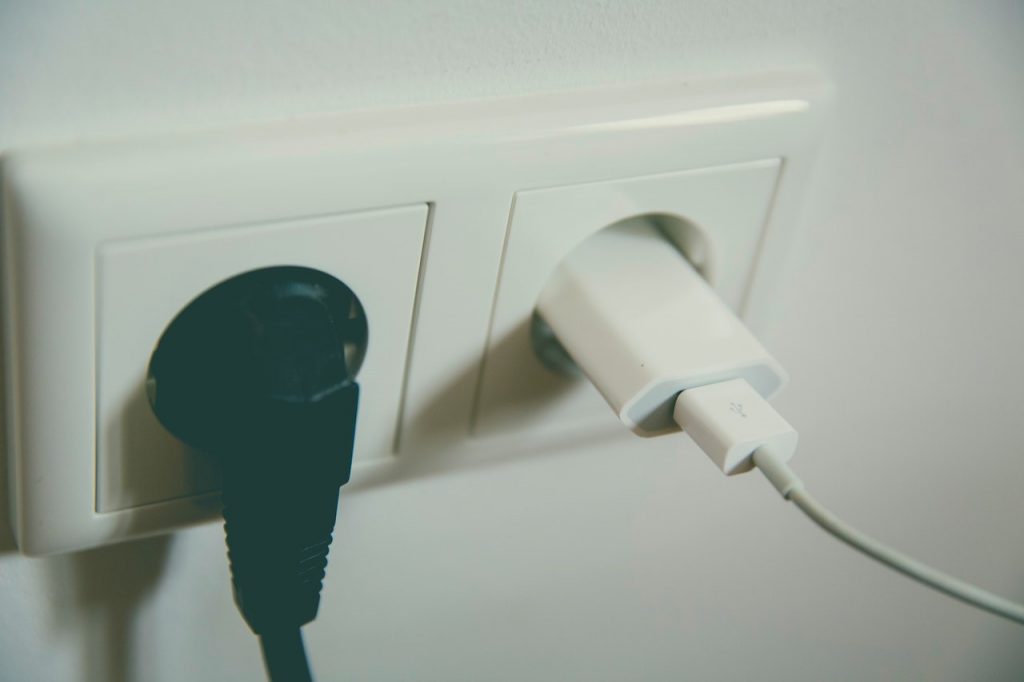Each house has a network of systems that allows it to function efficiently. They help us perform our daily tasks and live a comfortable life. We must be familiar with how they operate so that we have an idea of how to properly maintain them. Here, we will tackle the main systems you have at home and how they function.
Electrical System

The electrical system is responsible for sending out electrical charges all over your house. When building a house, the wiring for all the electrical outlets and services are installed before they finish the walls. Some even make an extra effort to make sure all the wirings are concealed.
For most recently built houses, the volt service runs at a single 220 volts or two separate 110 volts while older properties run at 110-volt service. If you have the latter, it will be quite hard for you to use new models of appliances unless you have your electrical system upgraded. To safely do this, you need to have your house serviced by a professional and licensed electrical contractor.
Two other important components of your home’s electrical system are the circuit breaker and the fuse. Both of them work to cut the electricity flow in the event of a circuit overload and prevent dangerous situations such as fire. The fuse, on the other hand, is a thin strip of metal that blows up when there is an electrical overload. If you encounter this situation, have the fuse taken out and replaced immediately.
Plumbing System
Generally speaking, a home’s entire plumbing system is divided into two parts: one that brings in potable or fresh water from the utility company to your toilets, sinks, washers, and bathtub, and the other that disposes wastewater to septic tanks or sewers.
The equipment to deliver and distribute clean water to your home are pipes, service valves, faucets, and fittings. They are mostly made of galvanized iron, plastic, or copper. The size of most pipes used in residential properties is usually between 1/2 inches to 4 inches in diameter.
Your plumbing system is also composed of a drain-waste-vent system also known as the DWV system. Its main purpose is to drain the waste from toilets, sinks, showers, washers, and dishwashers to the public sewage system. This system is made up of clean outs, traps, and vents that are built on a downward angle leading to the septic tank.
Central Heating System
Generally speaking, the central heating system operates to distribute the warmth inside all the rooms in your house. It works by transforming chemical energy in fuel into thermal energy then converts it into steam, air, or water. A residential heating system is basically made up of a heat pump and furnace that distributes it via air ducts that are located in different rooms in your home.
You will find different types of heating systems in the market and most of them have a central boiler or furnace that acts like a heat generator that can peak up to 82-90 degrees Celsius. Though heating systems have common features, there is no such thing as a ‘standard’ central heating system. Each unit is built to meet the specific needs and requirements of the owner. Some are built with advanced controls that can be programmed so you could monitor it and make sure that it is performing properly.
Air conditioning System
Residential air conditioning systems operate by using a refrigerant which is a substance that converts gas vapor to liquid to collect hot and humid air inside your house. In general, air conditioners work the same way as a heat pump but instead of producing warmth, air conditioners follow a cooling cycle. This system can be part of an overall HVAC system that allows you to control the temperature inside your home.
Air conditioners are also considered as ‘split systems’ because it has an indoor unit called the evaporator and an outdoor unit called the condenser. These two units work side by side to provide cooling in an indoor space while dehumidifying the air at the same time. There is also another type of air conditioner that combines all of these components and is known as the ‘packaged’ unit/system.
These systems, when put in action together, allow home-owners to live a comfortable life. Knowing their components and how they work gives us a broader idea on how we can properly take care of them and determine if there is a need for repair. Now, we have a deeper understanding of the different systems that make our house a ‘home’.